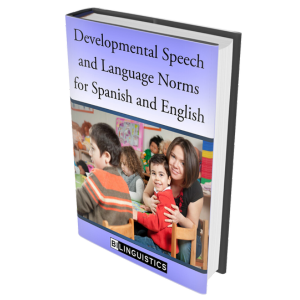Our recent conference on speech sound disorders united some of the greatest current thinking around how to improve intelligibility. We wanted to make sure that the insights that transformed how we practice were permanently accessible. We edited down some of the best, most inspiring, and most impactful ideas into short clips.
What follows are excerpts from an interview with Dr. Raul Prezas where he discusses how testing bilingual children has changed across the years and what are some of the current best practices.
1. What are some of the most effective tools for evaluating phonological patterns in Spanish?
2. What are some of the considerations for working with bilingual students when using a cycles approach?
3. Has the ability of SLPs to diagnose and treat speech sound disorders changed over the past decade?
4. Should researchers be looking at bilingualism from the perspective of advantages vs. disadvantages?
Want to see the full presentation?
Dr. Raul Prezas led just one of four full presentations on speech sound disorders. All of the presentations were recorded and available inside SLP Impact.




